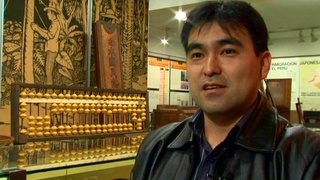Interviews
Feeling empowered by taiko
Why Taiko spoke so vigorously to me was because I felt like there was a sense of empowerment through the energy. And I could not find anything that was in the cultural arts for me to tap into. I couldn’t get into classical dancing. I could not get into flower arranging or tea ceremony. It was just not me. I just really encapsulated everything about the physicality of sports, the martial arts, the dance, the movement, the musicality, the discipline, the theatrics. Just everything that could just make me very ballistic and very open.
Date: January 26, 2005
Location: California, US
Interviewer: Art Hansen, Sojin Kim
Contributed by: Watase Media Arts Center, Japanese American National Museum








